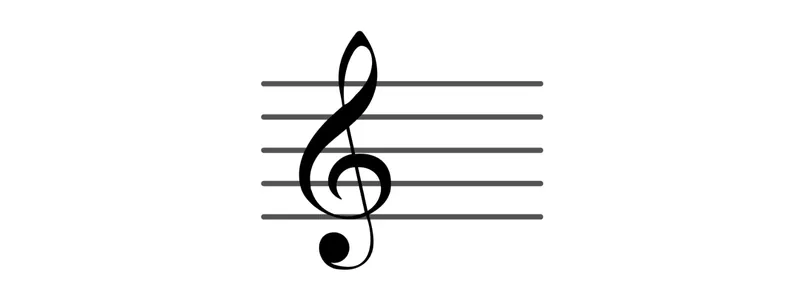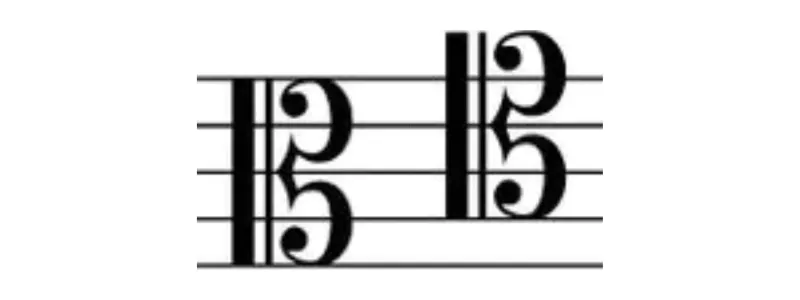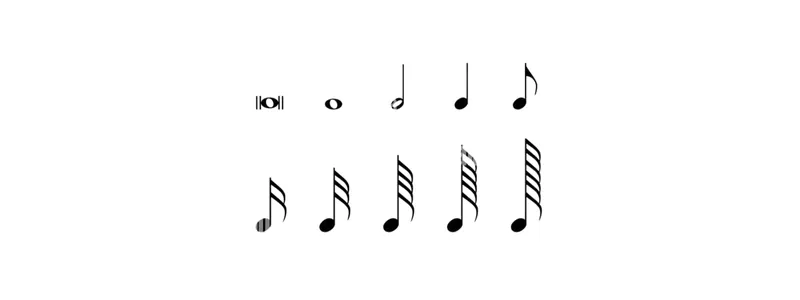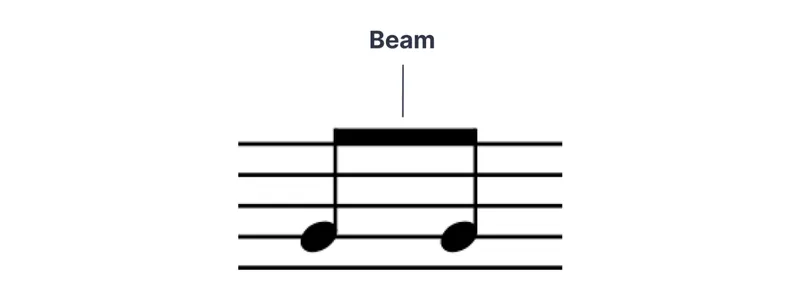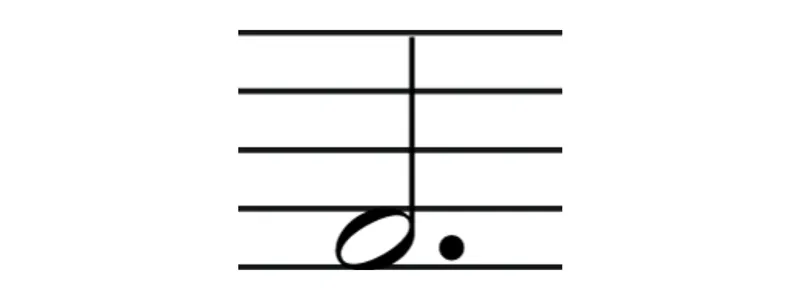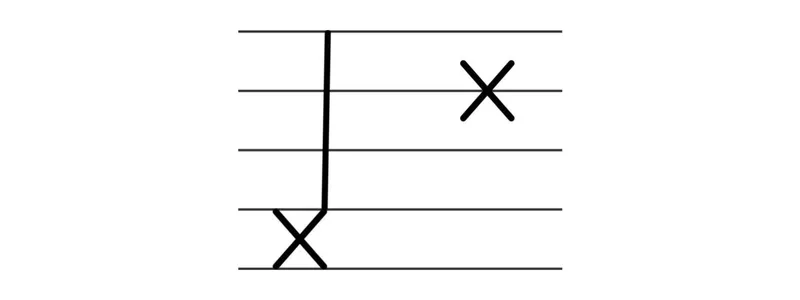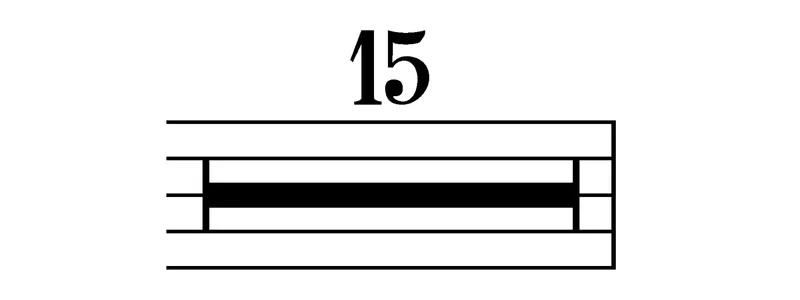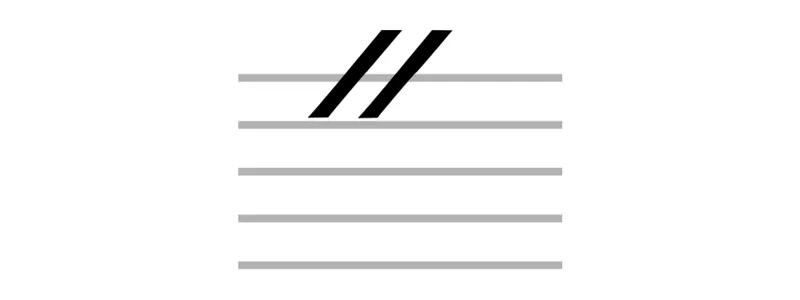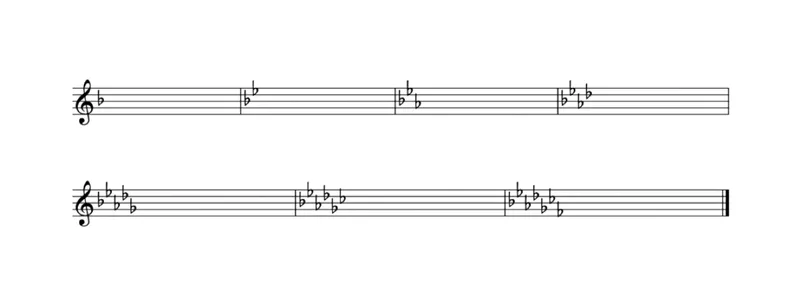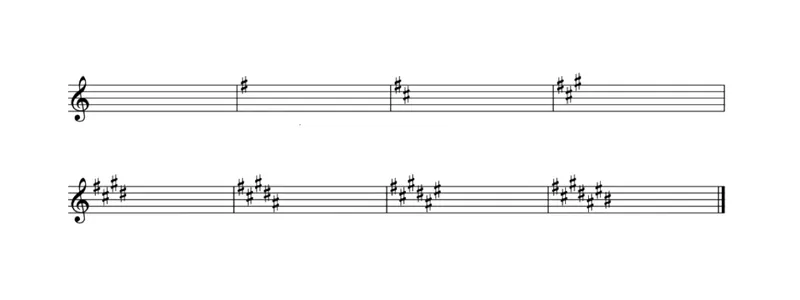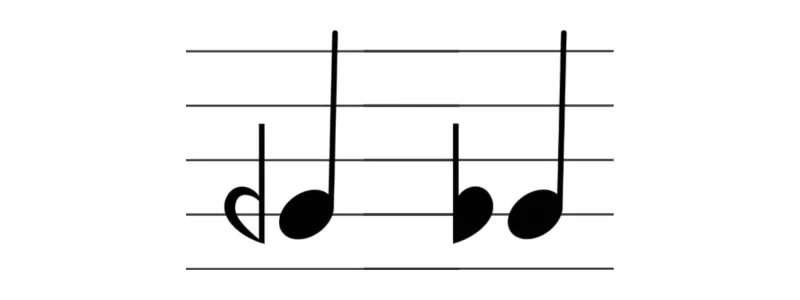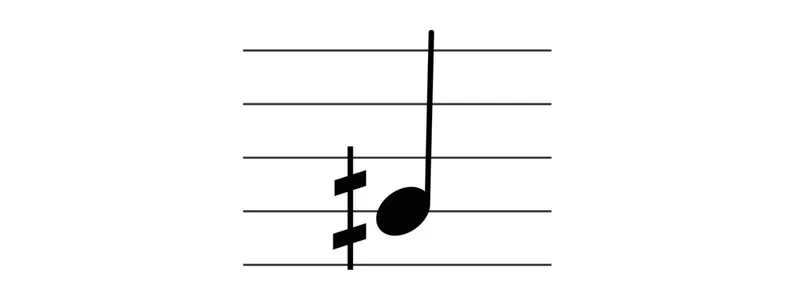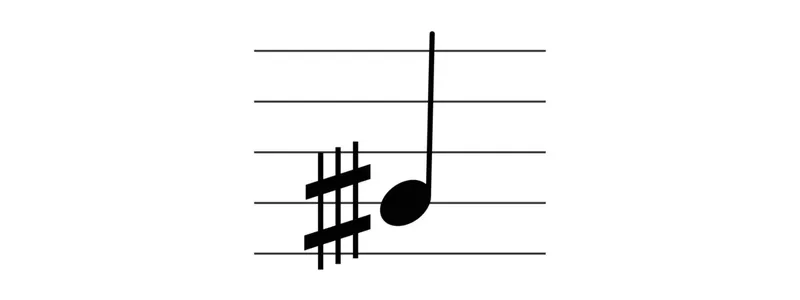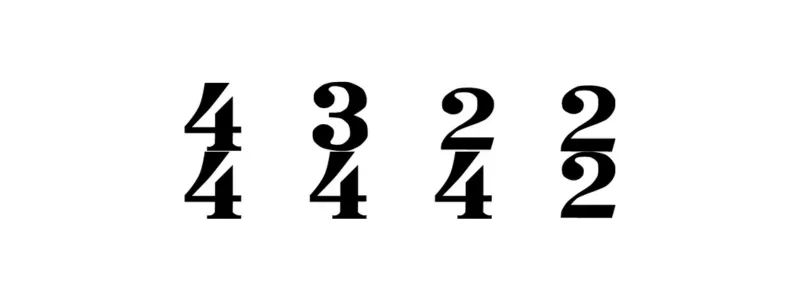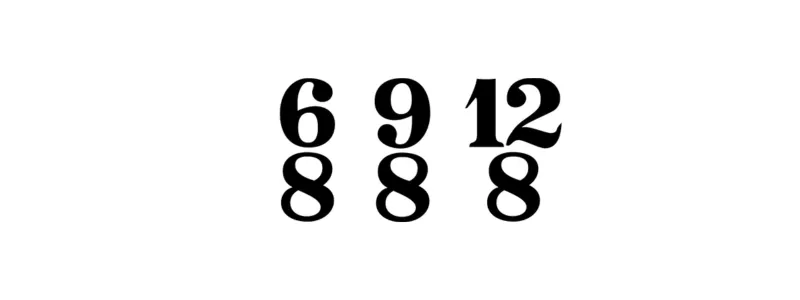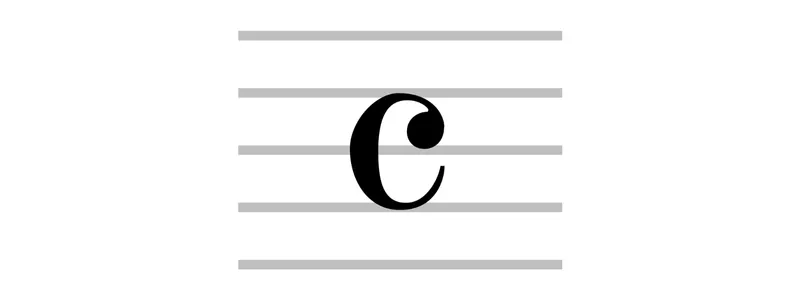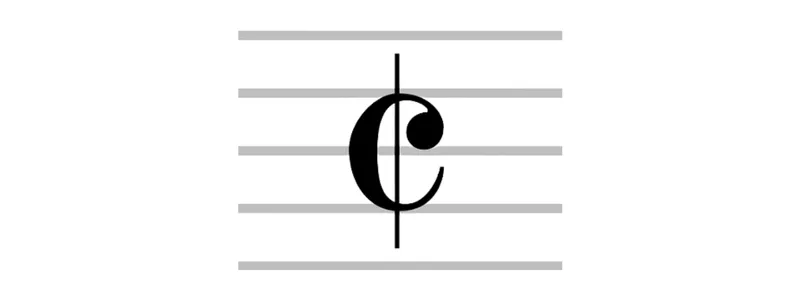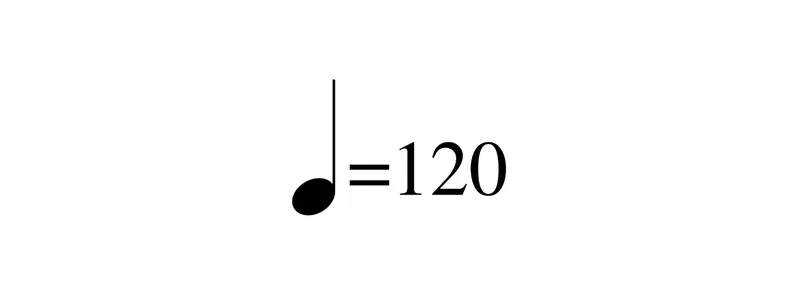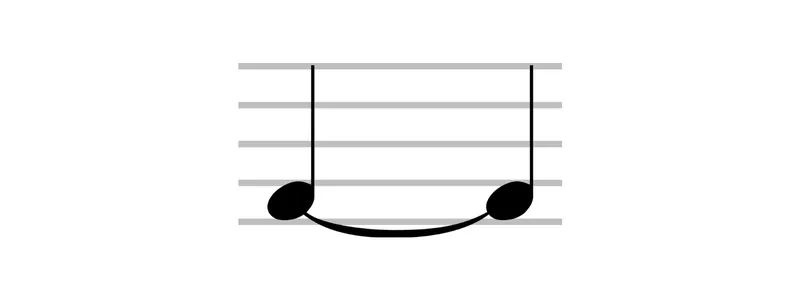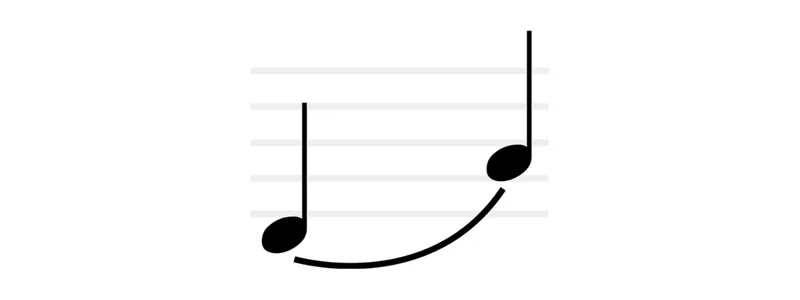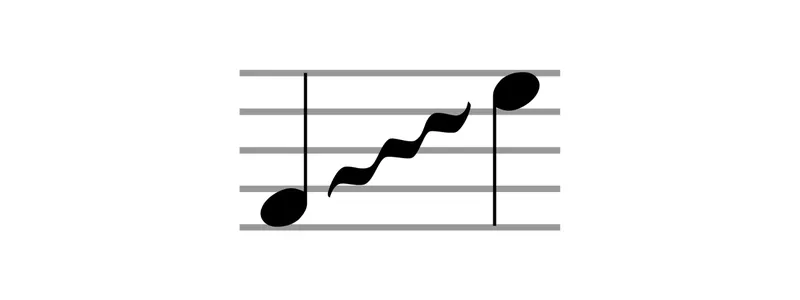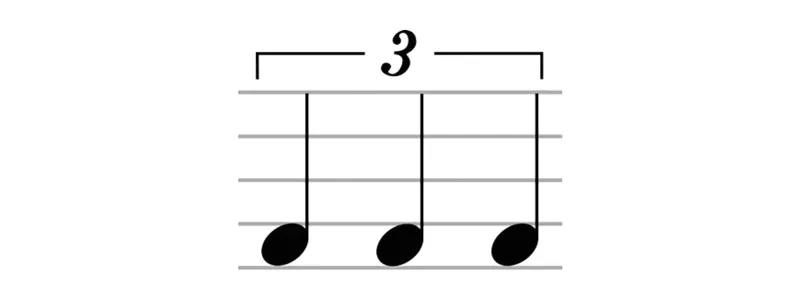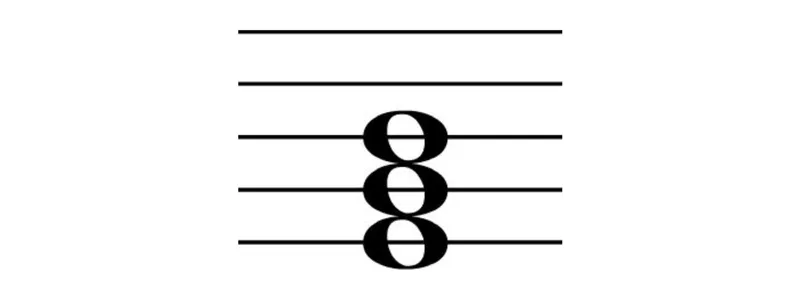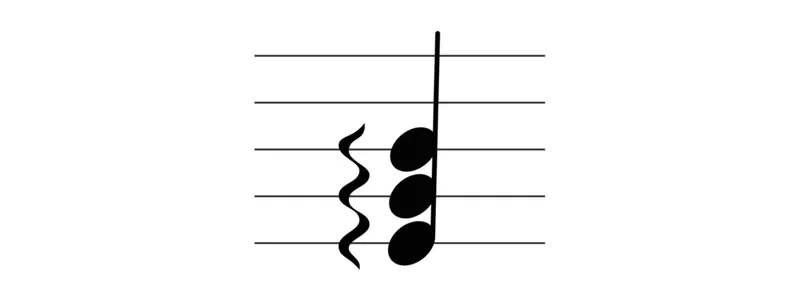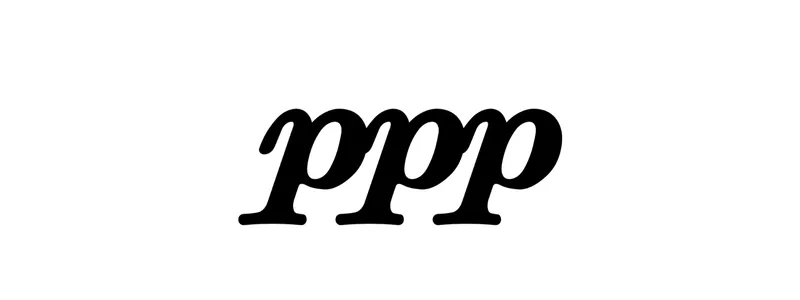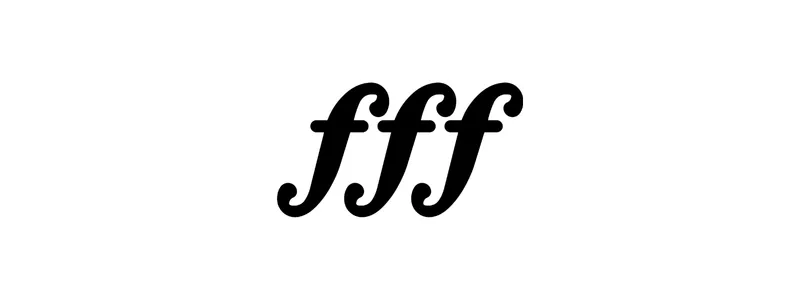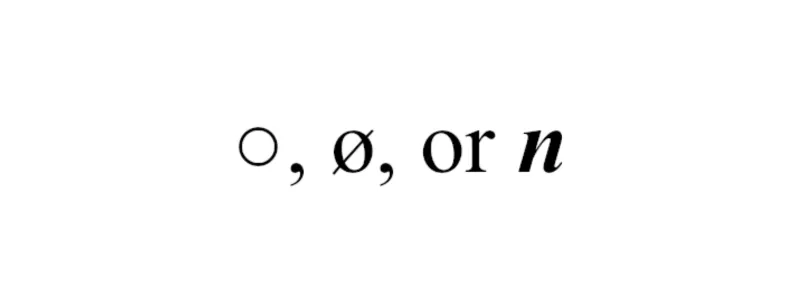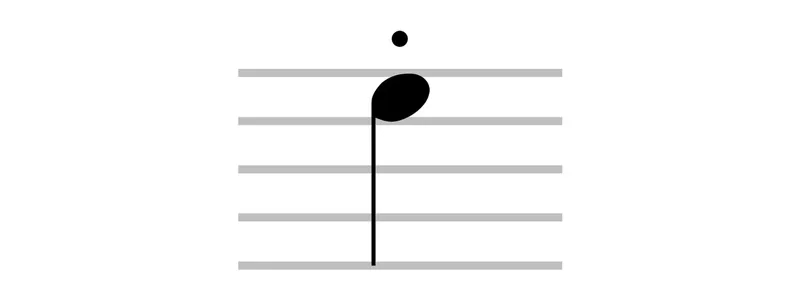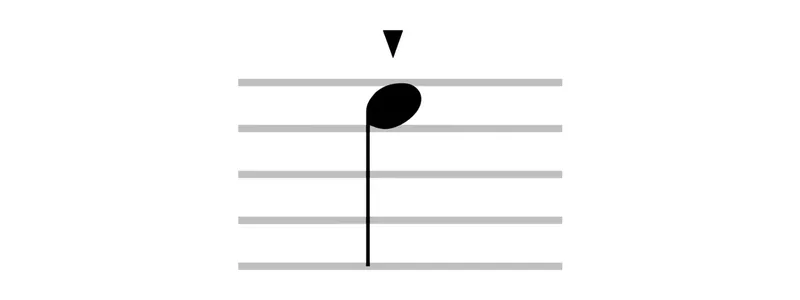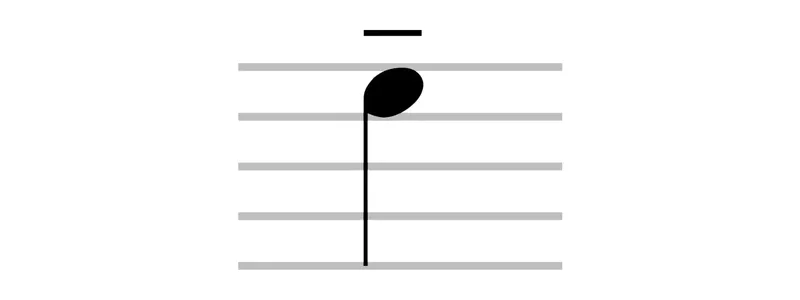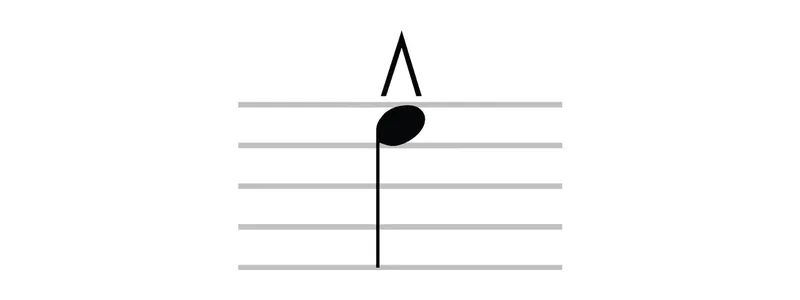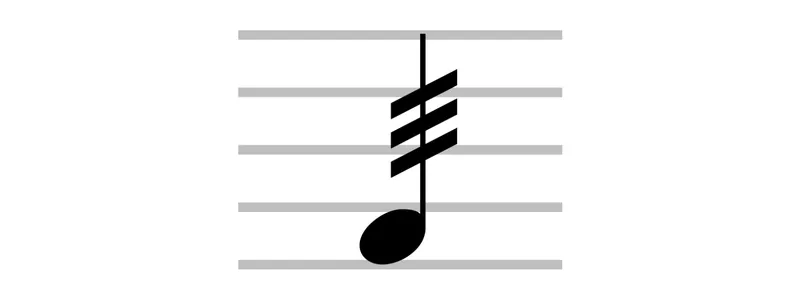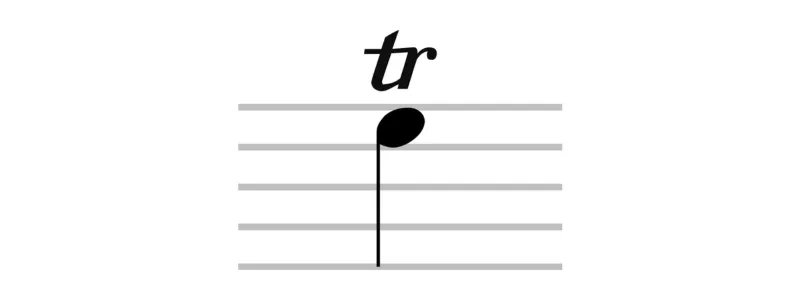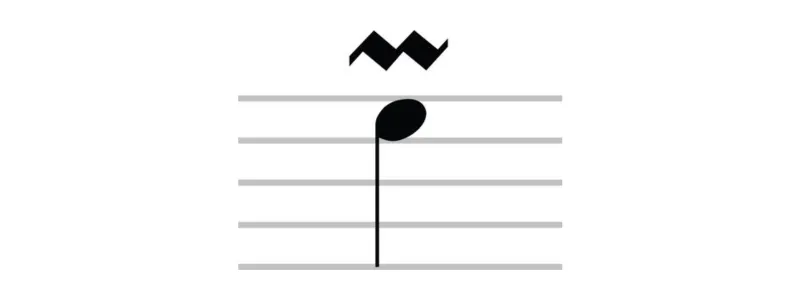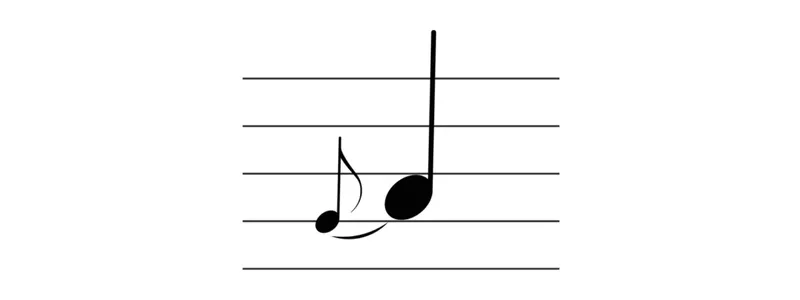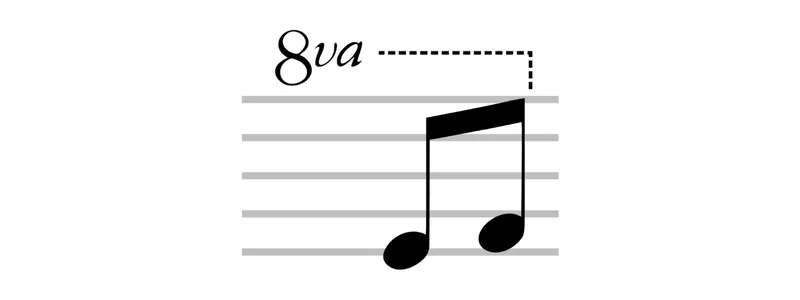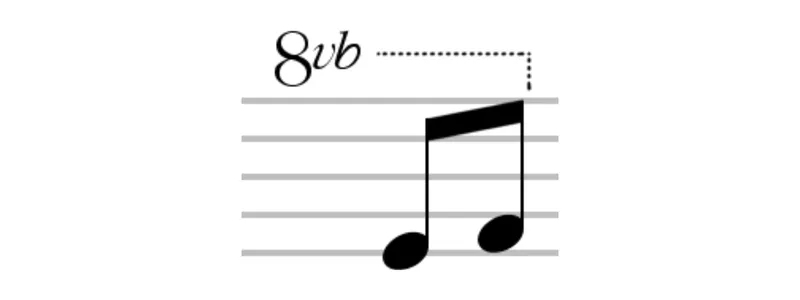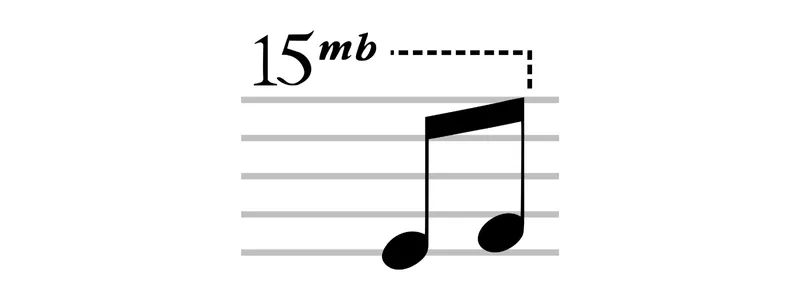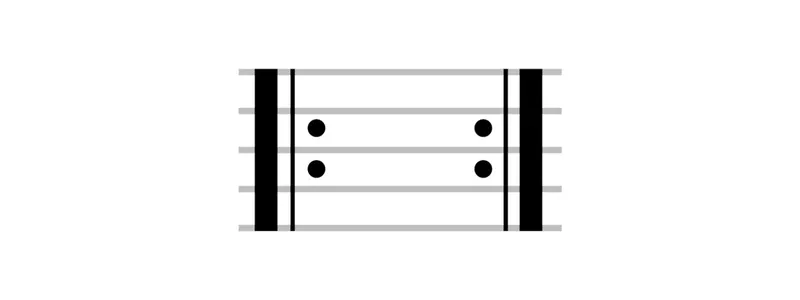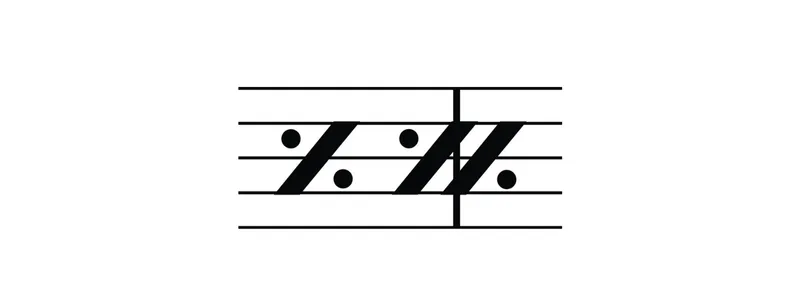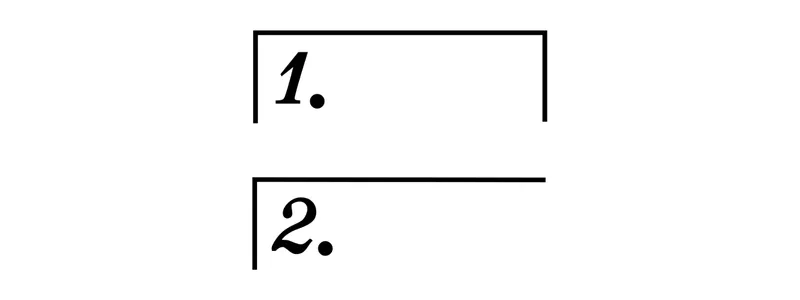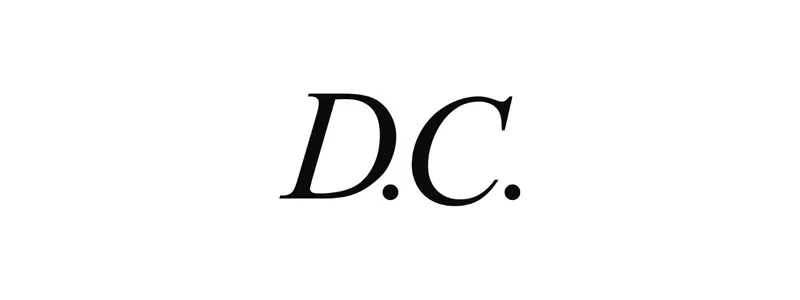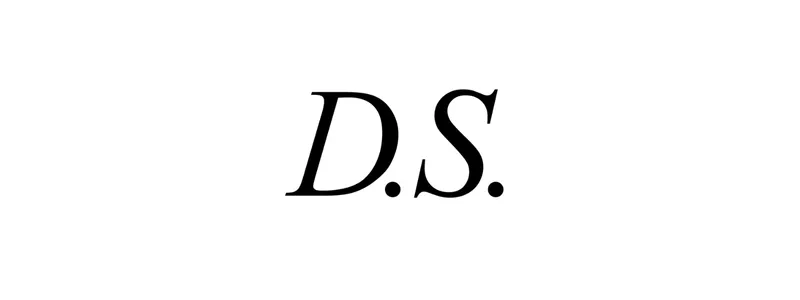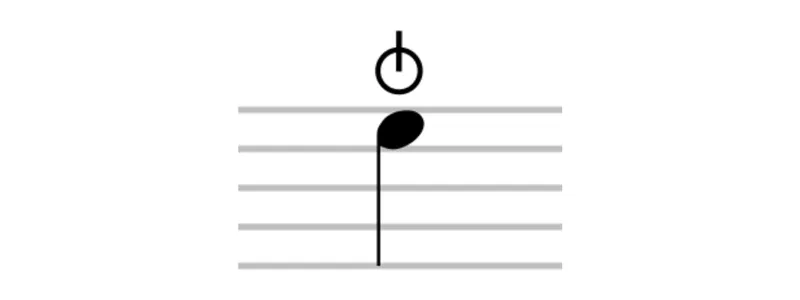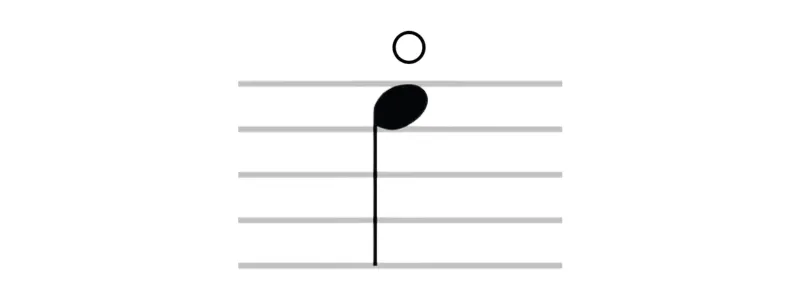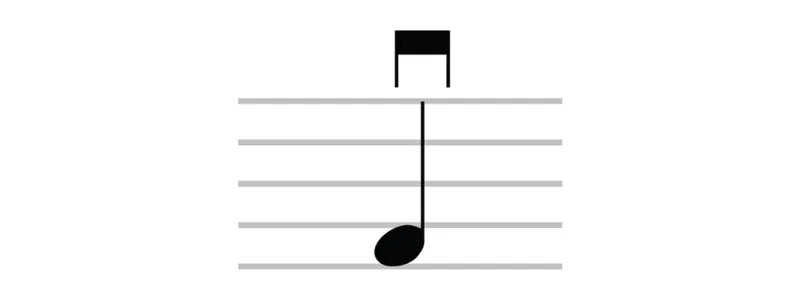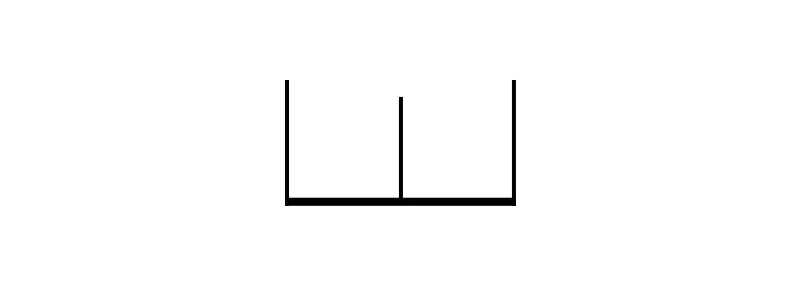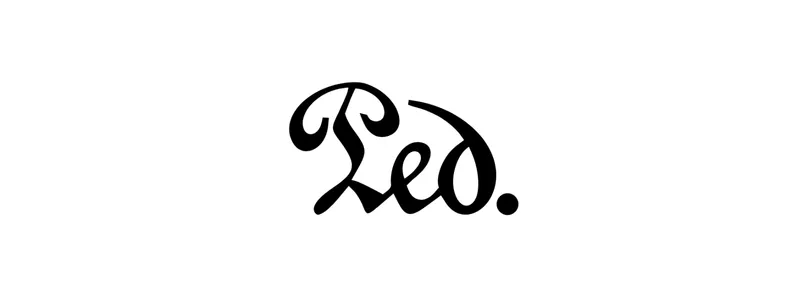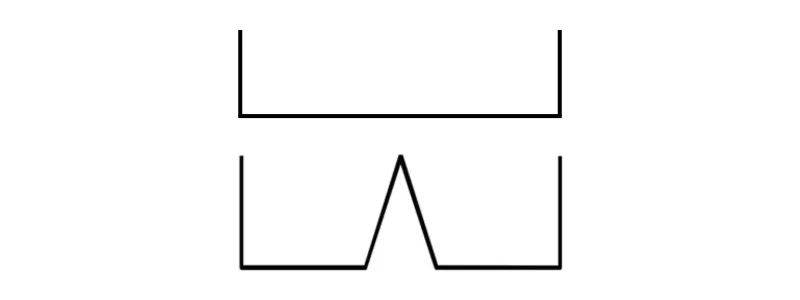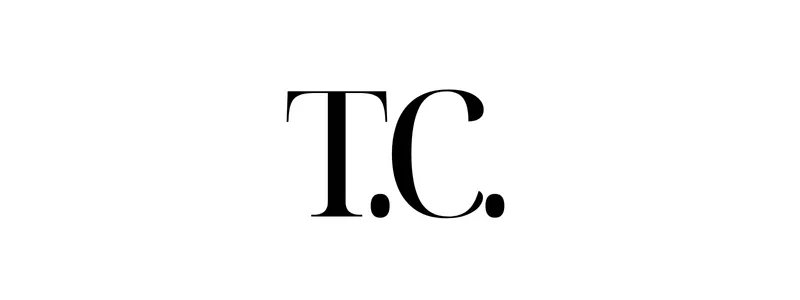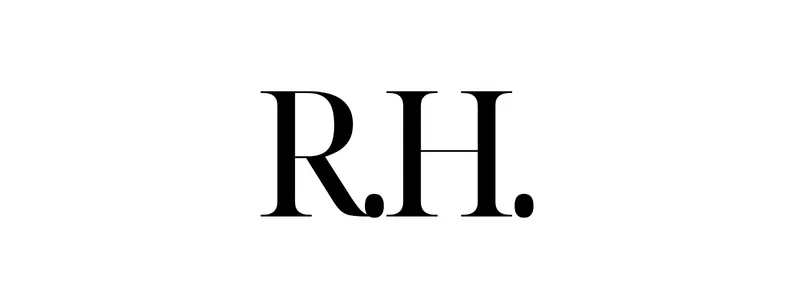Lines
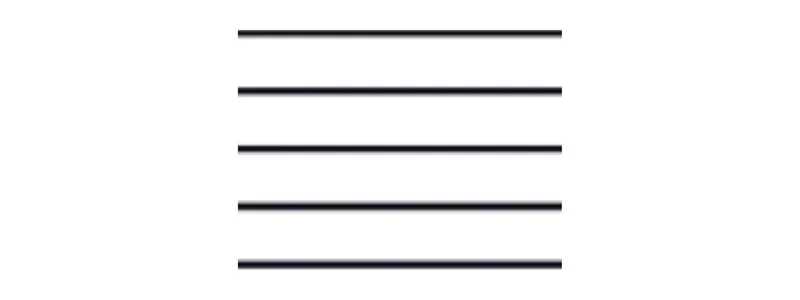
Staff / Stave
Staff (Stave)

A staff (or stave) is a set of five horizontal lines and four spaces used to notate musical pitches and symbols. The position of a note on the staff indicates its pitch and depends on the clef placed at the beginning— for example, the treble clef assigns the second line to the note G. When notes are too high or low to fit within the five lines, ledger lines are added to extend the range. In instruments like the piano, a grand staff is used, which combines two staves: one for the right hand (treble clef) and one for the left hand (bass clef).

Ledger or Leger Lines
Leger Lines

Ledger lines (also spelled leger lines, though less commonly) are short horizontal lines added above or below the staff to notate pitches that fall outside its standard five-line range. Each ledger line acts as an extension of the staff, allowing composers and performers to write and read higher or lower notes accurately.
For example, in treble clef, middle C (C4) is written on a single ledger line below the staff, while notes like A5 or C6 may require ledger lines above. These lines follow the same line-space alternation as the main staff.
The spelling "ledger" is the modern and more widely accepted form, especially in American and British English. "Leger" is an older variant, occasionally seen in older music texts.
>>More details about Leger Lines
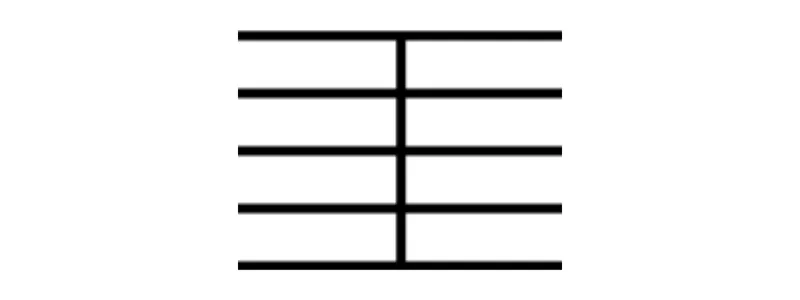
Bar line (or Barline)
Bar line

A bar line (or barline) is a vertical line drawn through the staff that divides music into equal segments called measures (or bars). These divisions help organize rhythm and indicate timing based on the time signature. Each measure contains a specific number of beats, making it easier for musicians to read and perform music accurately.
There are different types of bar lines: the single bar line simply separates measures; the double bar line often marks a section change; the final bar line (a thick line followed by a thin one) indicates the end of a piece; and repeat bar lines (dots before or after the line) instruct musicians to repeat a section.
>>More details about bar line in music
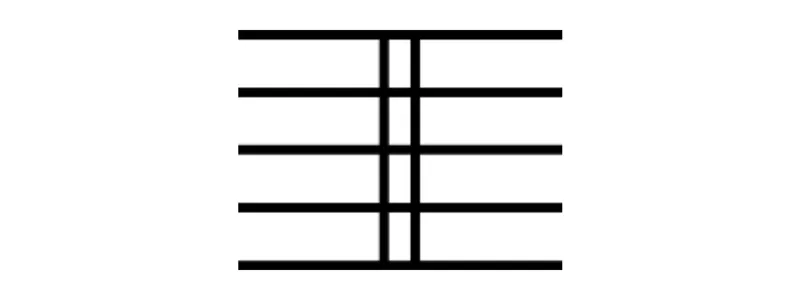
Double bar line
Double bar line

A double bar line consists of two vertical lines drawn close together across the staff. It is used to indicate a section break, a change in key or time signature, or sometimes to mark a significant shift in the music’s character or structure. Unlike a final bar line (which has one thick and one thin line), a double bar line uses two thin lines and does not indicate the end of a piece.
You’ll often see double bar lines at the start of a new section, such as the transition from a verse to a chorus, or before a change in tempo or style.
>>More details about double bar line
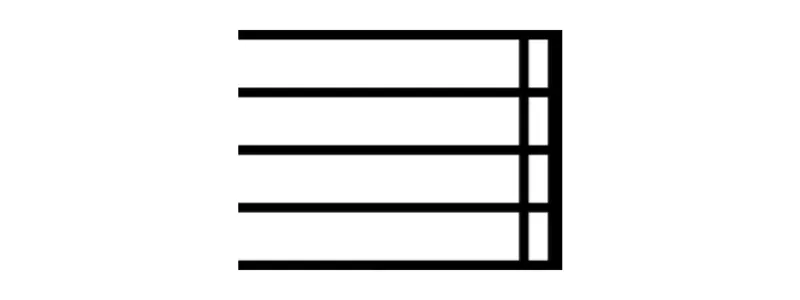
Bold double bar line
Bold double bar line

A bold double bar line, also known as a final bar line, is made up of two vertical lines where the second line is thicker than the first. It marks the end of a piece or movement in sheet music. This clear visual cue helps performers recognize that the music concludes at that point.
It is different from a regular double bar line, which uses two thin lines and signals section changes rather than a full ending.
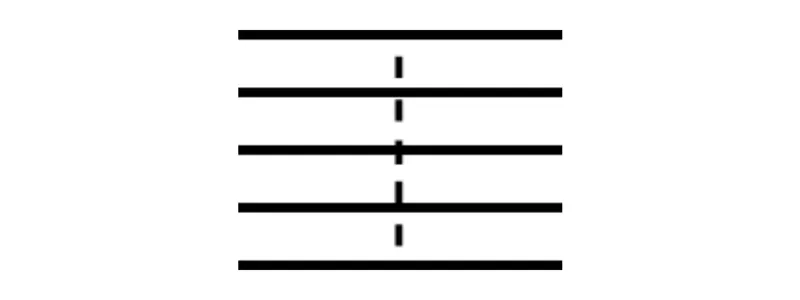
Dotted bar line
Dotted bar line

A dotted bar line is a vertical line made of small dots instead of a solid line, and it divides the staff in a less formal way than a regular bar line. It’s typically used to visually group beats within a measure—especially in complex time signatures (like 7/8 or 5/4)—to help performers understand rhythmic subdivisions more easily.
Unlike regular bar lines, dotted bar lines do not affect phrasing or measure count; they're purely for readability and guidance.

Brace
Brace

A brace is a curved bracket that connects two or more staves on the left side of a musical system. It’s most commonly used in keyboard music—like piano, organ, or harp—where it joins the treble and bass staves to indicate that both are played by a single performer, usually with two hands.
The brace visually groups these staves into a single instrument part. It’s different from a bracket, which is a straight line used to group staves for different instruments (like in an orchestra).

Bracket
Bracket

A bracket is a straight vertical line placed on the left side of two or more staves to indicate that they belong to a group of instruments or voices that perform together. It's commonly used in orchestral, choral, or ensemble scores to visually organize parts—for example, bracketing all string instruments or vocal sections (soprano, alto, tenor, bass).
Unlike a brace, which curves and joins staves of a single instrument (like piano), a bracket groups separate instruments or parts. Multiple brackets can appear in one system to show different families of instruments.

